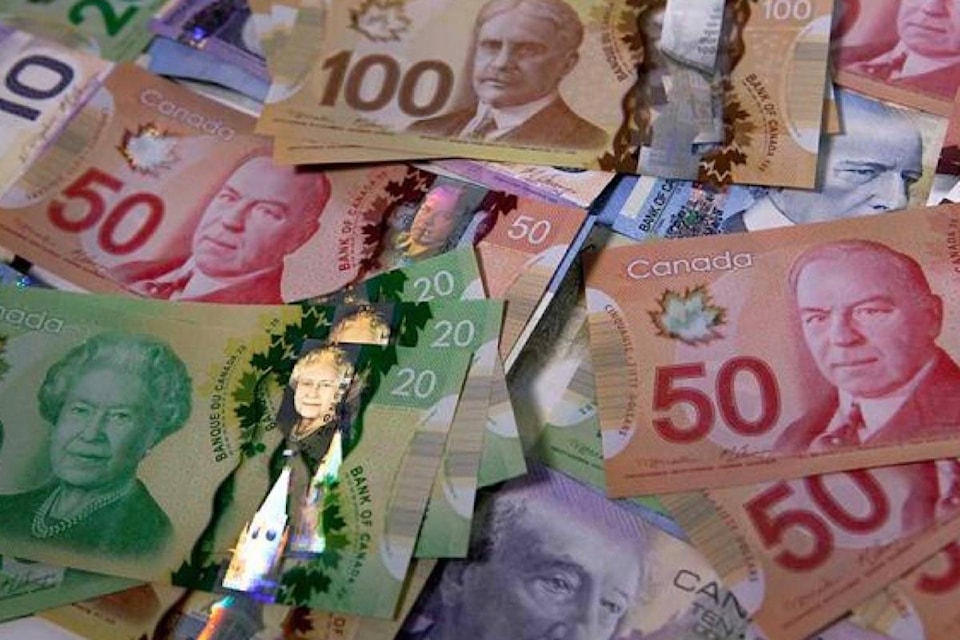New census data released on Sept. 13 has revealed the income levels of Hope residents.
It shows that the median total income before taxes in 2015 is $26,471, where men make a median income of $33,024, while women make $22,131. This represents a 49 per cent difference, which compares to a province-wide disparity of 46.6 per cent and a Fraser Valley Regional District disparity of 62.4 per cent.
Compared to the province-wide median income, $33,012, Hope residents make about 24.7 per cent less. Compared to the FVRD, which has a median income of $30,526, Hope residents make about 15.3 per cent less.
The total income can be broken down into various sources including market income — such as employment income, investment income — and government transfers such as Old Age Security pensions, child benefits and social assistance. The sources for total income come from employment, at 58.7 per cent, then government transfers at 21.8 per cent, then other market income sources, at 19.5 per cent. Median employment income stands at $23,014, while median government transfers are at $10,503.
Only 60.7 per cent of Hope residents receive an employment income, or 3,250 people, while the other 2,100 do not. In B.C., 71.7 per cent of people receive an income from employment, which means that Hope is lower than the B.C. average. Hope is also lower than the FVRD figure, at 70.9 per cent.
In the past decade, median income has increased by 4.7 per cent in 2015 dollars. In 2005, the median income was $25,287, while in 2015, the median income was $26,471. The median amount for Canada rose by 12.7 in the same time period, while it rose 12 per cent for British Columbians.
The median total income of households was $51,226, which rose 4.2 per cent, in 2015 dollars, between 2005 and 2015. Within B.C., Hope is the 95th out of 98 municipalities in terms of median household income growth. The Canadian average, before taxes, was $70,336, while the B.C. average was $69,995. Incomes rose 10.8 and 12.2 per cent respectively.
Statistics Canada also revealed that 22.3 per cent of people are considered low income based on a calculation that considers the after-tax income and the size of a household. In B.C., that figure is 15.5 per cent, and in the FVRD, that figure is 14 per cent.
The biggest age group in a low-income household are people aged zero to 17, at 30.1 per cent, then 18 to 64, at 21.4 per cent, then 65 and over, at 19.9 per cent.
news@hopestandard.com
Like us on Facebook and follow us on Twitter
